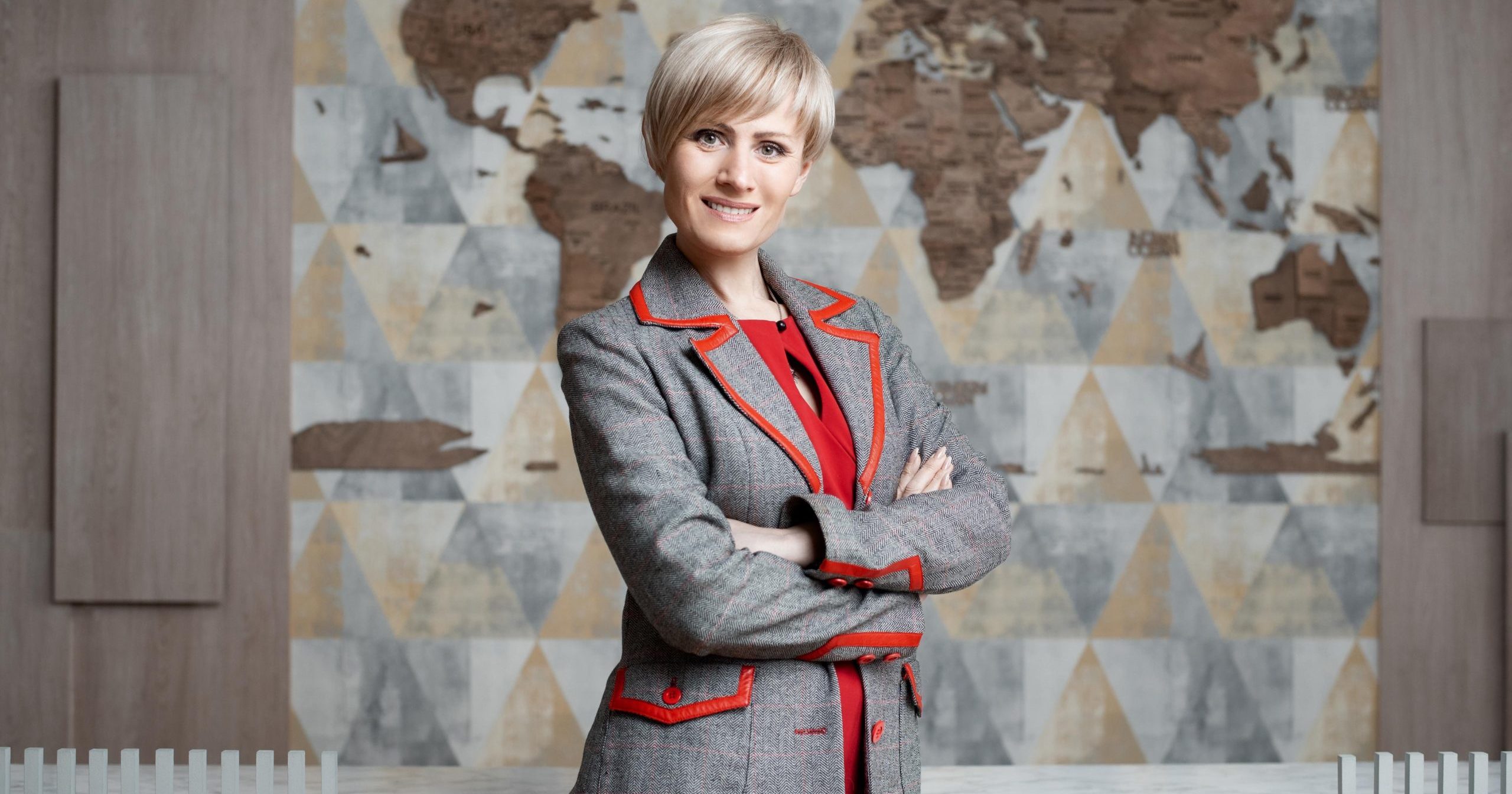
Interviews CBAM 5637 18 November 2024
A large number of Ukrainian companies need help in filling out CBAM reporting
Carbon Border Adjustment Mechanism (CBAM) is already in effect. Until December 31, 2025, there will be a transitional phase: importers will report carbon emissions without paying for CBAM certificates.
In an interview with GMK Center, Liudmyla Tsyganok, President of the Association of Environmental Professionals (PAEW) and CEO of the Office of Sustainable Solutions, spoke about the practice of CBAM reporting by Ukrainian companies and the first problems they face.
What is the current situation with CBAM reporting by Ukrainian businesses?
Over the past month, PAEW Association has received many requests for assistance in filling out the CBAM form – Communication template for installations. The customs has already sent a warning to exporters – cement, chemical and steel enterprises, fertilizer producers…
Let me remind you that a little over a year ago, on October 1, 2023, the transition period began. During this period, importers of goods are obliged to collect data on direct and indirect greenhouse gas emissions associated with their imports and report them to the EU authorities without paying any financial adjustments.
December 31, 2025, is the last day for companies to choose the form of reporting. And starting from January 1, 2026, CBAM reporting will be allowed only according to the EU method.
That is, in a year’s time, importers will be required to annually declare the amount of goods imported into the EU in the previous year, as well as their embodied carbon emissions. And this is not a right, it is an obligation. CBAM is actually the world’s first cross-border carbon tariff. Companies will have to pay an “adjustment” fee to cover the gap in carbon prices between EU products and products that are not produced within the EU.
This will be very expensive for Ukrainian companies.
What prevents Ukrainian companies from preparing high-quality CBAM reports?
At least 2 thousand Ukrainian companies are subject to CBAM when exporting products. The main problem is that some of them still don’t understand exactly how unprepared they are for the new rules. Military realities, the lack of financial assistance from the state and the EU for eco-modernization of equipment, and the lack of government response to help Ukrainian companies prepare for CBAM all lead to very disappointing forecasts.
The lack of qualified personnel, the complexity of collecting the necessary data, and the rather controversial methodology for calculating embodied emissions have become obstacles for companies. In 2024, PAEW and I conducted a series of surveys, which revealed a catastrophe with professional training. No institution in Ukraine trains modern specialists who understand EU requirements, know how to work according to European rules, understand decarbonization tools, and speak English (and all customs forms are quite complex and require considerable specialized knowledge). Moreover, in Ukraine, all environmental policy and environmental education are disconnected from both EU requirements and wartime challenges.
Is the government doing everything it can?
On the one hand, government officials are aware of the inevitable consequences. On the other hand, the negotiating team has not developed a sufficient negotiating position with the European Commission on CBAM. The Ukrainian government is turning a blind eye to the lack of accreditation from the European Commission for Ukrainian emission verifiers. There is also still no well-established reporting procedure. All of the above is leading export-oriented industries to destruction.
I also cannot but note the lack of relevant documentation on CBAM in Ukraine and, of course, the relevant experience. In general, when assessing the situation with CBAM, one can already ring all the bells – Ukrainian European integration officials make commitments, voice promises that it seems unclear who will fulfill – there are no implementation algorithms, no trained specialists, no intentions (because all intentions should be supported by clear plans).
Companies were forced to involve additional forces and resources in preparing their reports. How common is this practice?
When companies received the CBAM (Communication template for installations) form from customs to fill out in their commercial departments, companies started looking for solutions. After all, this is no longer about prospects, but about an inevitable reality.
And as it turned out, over the past few years, business owners have optimized costs and, as a result, disbanded environmental safety departments. And all this despite the declaration of the “green course”. Their work was entrusted to labor protection specialists, technical directors, and other employees. Now a new and obvious challenge has emerged: who are the people who can not only fill out the report once, but also work with emissions data on a regular and systematic basis?
Of course, if companies turn to consultants, they will have to spend an amount equal to the amount of money currently spent on preparing EIA reports (from UAH 500 thousand to $25 thousand). This issue still remains unresolved. Why?
Simple calculations make it clear that it is more profitable to hire environmental specialists and engineers on a permanent basis. But here, too, the business is facing a new challenge: the number of highly specialized and experienced environmental specialists has decreased by 9.5 times during the war (according to PAEW). The reasons are different: some chose a more promising profession in Ukraine, some went abroad, some joined the Armed Forces.
Is the government doing anything about this challenge? No! Because there is no political will to prevent a personnel collapse in the implementation of EU environmental directives. Therefore, Ukraine deservedly received a low score in this area from the EC.
We at the PAEW Association of Environmental Professionals regularly conduct trainings for businesses, warn about risks, and provide expert advisory support, including for filling out CBAM reports, but at the moment, for the scale of all the challenges, it is like applying plantain to a gangrenous limb.
We call on the government to respond and start addressing the above issues. Industry expert associations have solutions, so all is not lost. But time is running out.





